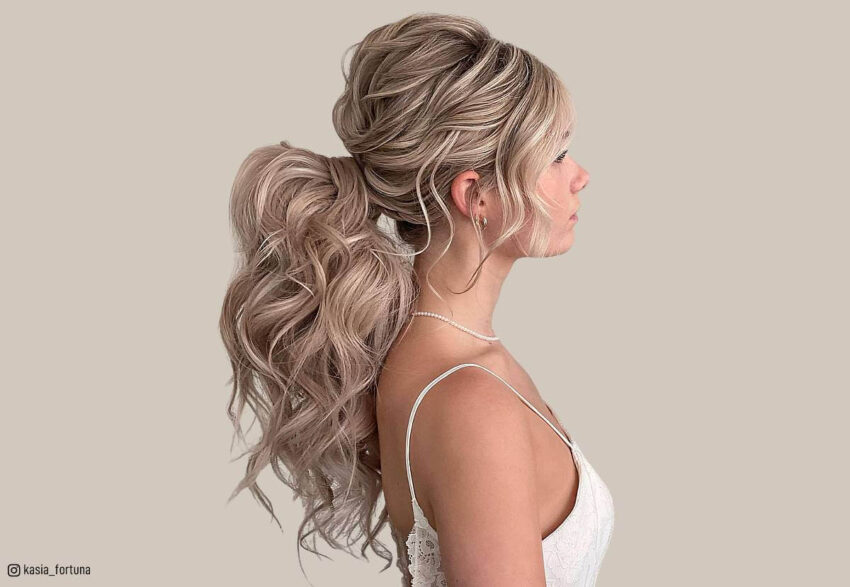If you’re looking for a way to add length, volume, or color to your hair, hair extensions can be a great option. With a variety of materials, application methods, and styles to choose from, it can be overwhelming to know where to start. In this article, we’ll provide a quick guide to hair extensions to help you make an informed decision.
Types of Hair Extensions
There are several types of hair extensions to choose from, each with its own pros and cons. The most common types include:
- Clip-In Extensions: Clip-in extensions are a temporary option that can be easily added or removed from your hair. They typically come in small wefts that can be clipped onto your natural hair, allowing you to add length, volume, or color without any permanent commitment.
- Tape-In Extensions: Tape-in extensions are a semi-permanent option that typically last for several weeks. They are applied by sandwiching a small section of your natural hair between two pieces of tape with an extension weft in the middle.
- Sew-In Extensions: Sew-in extensions are a longer-lasting option that typically last for several months. They are applied by braiding your natural hair into cornrows and then sewing the extension wefts onto the braids.
- Fusion Extensions: Fusion extensions are a semi-permanent option that typically last for several months. They are applied by melting small sections of keratin glue onto your natural hair and then attaching the extension wefts to the glue.
- Micro-Link Extensions: Micro-link extensions are a semi-permanent option that typically last for several months. They are applied by attaching small metal rings to your natural hair and then threading the extension wefts through the rings.
Choosing the Right Material
Hair extensions come in a variety of materials, each with its own benefits and drawbacks. The most common materials include:
- Human Hair: Human hair extensions are the most popular option because they look and feel the most natural. They can be washed, styled, and colored just like your natural hair.
- Synthetic Hair: Synthetic hair extensions are a more affordable option that can be made to look like human hair. However, they are less versatile than human hair and cannot be heat-styled or colored.
- Remy Hair: Remy hair extensions are made from human hair that has been carefully selected and arranged to ensure that all the strands are aligned in the same direction. This results in a more natural and seamless look.
- Virgin Hair: Virgin hair extensions are made from human hair that has never been chemically processed or colored. This results in a higher quality and more natural look.
Styling and Maintenance
Once you’ve chosen your hair extensions, it’s important to know how to style and care for them to ensure they look their best. Here are some tips to keep in mind:
- Brush your extensions gently to prevent tangles and damage.
- Wash your extensions with a sulfate-free shampoo and conditioner to prevent dryness and breakage.
- Use heat protectant when styling your extensions with hot tools to prevent damage.
- Avoid using heavy products or oils that can weigh down your extensions.
- Store your extensions in a cool, dry place to prevent tangling and damage.
In conclusion, hair extensions can be a great way to add length, volume, or color to your hair. With so many options to choose from, it’s important to do your research and choose the right type and material for your needs. By following these tips for styling and maintenance, you can ensure that your extensions look and feel their best.
